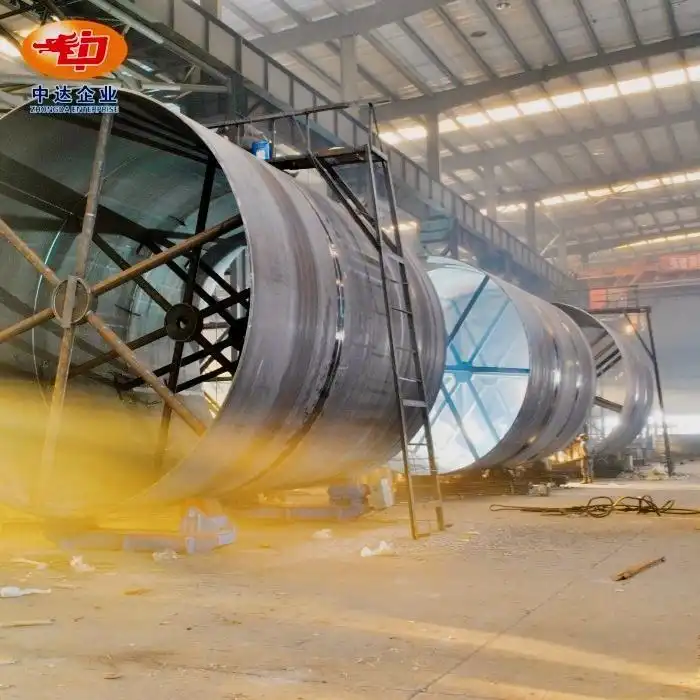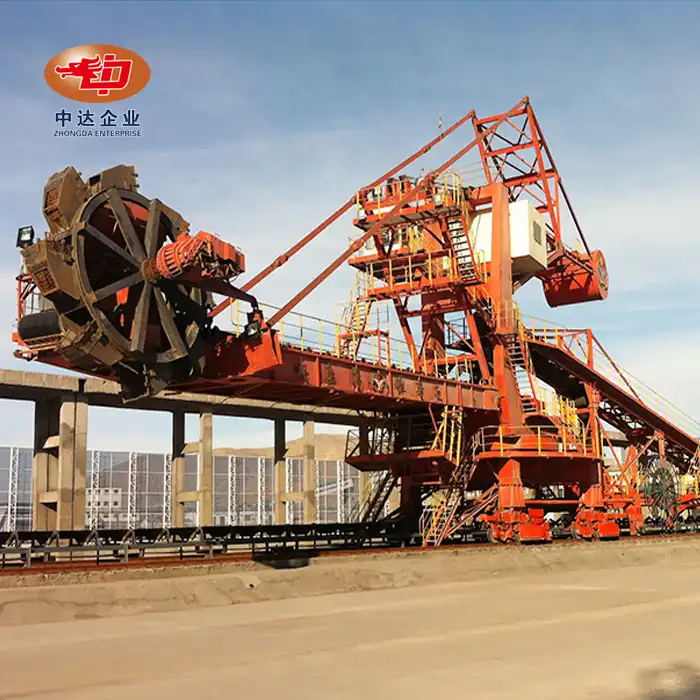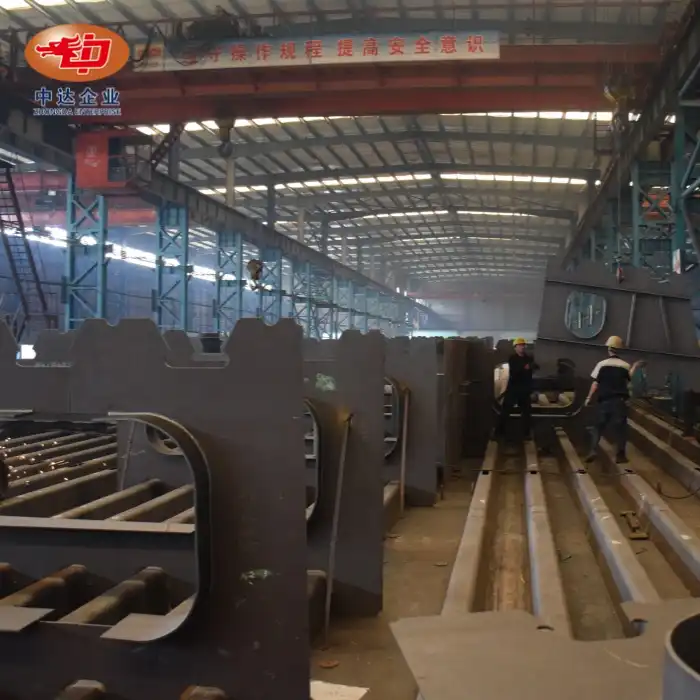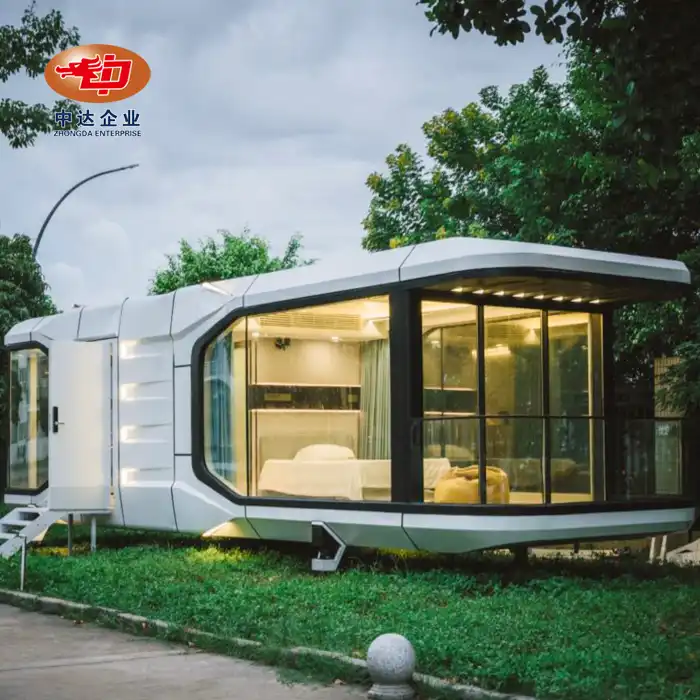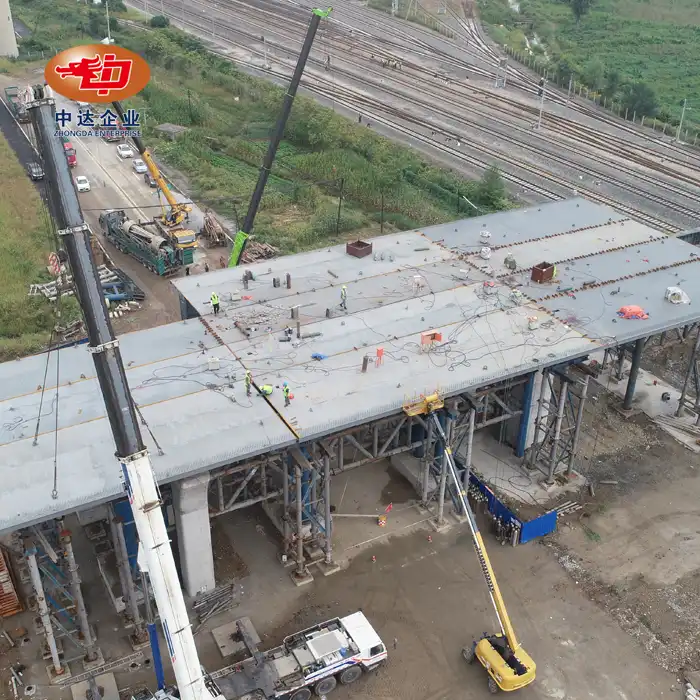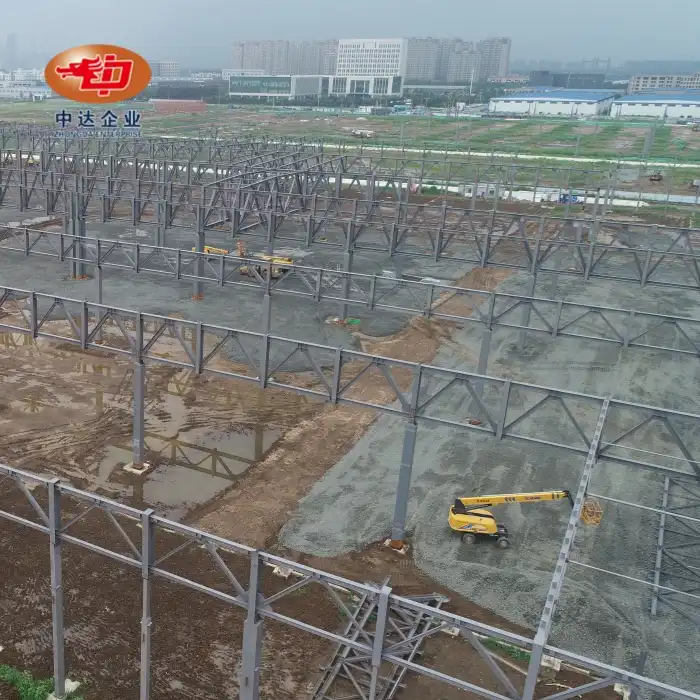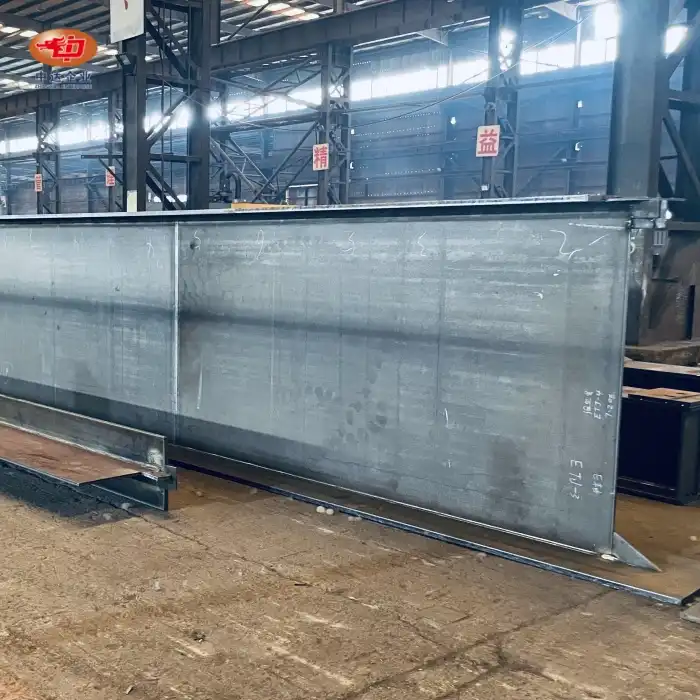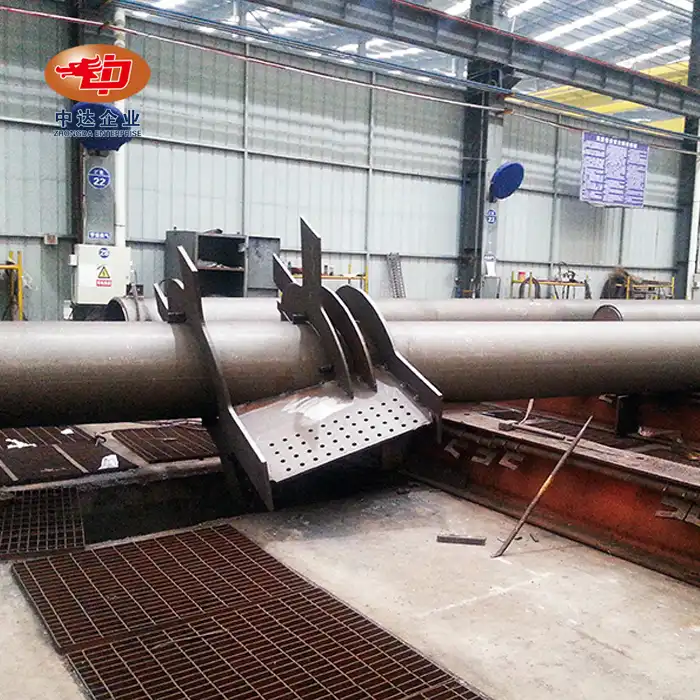
How Do Cross-Section Columns Impact Building Safety?
Cross-section columns play a pivotal role in ensuring the safety and stability of buildings, acting as the backbone of structural integrity. These vertical supports, designed with specific shapes and dimensions, bear the weight of the entire structure, resist environmental forces, and prevent catastrophic failures. The design of a cross-section column - whether circular, rectangular, or I-shaped - directly influences its ability to handle compressive loads, lateral forces, and bending moments. A well-engineered column enhances a building's resilience against earthquakes, wind, and other stressors, while a poorly designed one can lead to structural collapse. By optimizing their cross-sectional properties, engineers ensure buildings remain safe, durable, and compliant with global safety standards, safeguarding lives and investments.
Understanding the Role of Cross-Section Columns in Structural Stability
What Makes Cross-Section Columns Essential?
Cross-section columns are the unsung heroes of any building, quietly supporting immense loads while maintaining stability. These vertical elements transfer the weight of floors, roofs, and walls to the foundation, ensuring the structure remains upright. The shape and size of a column's cross-section - whether it's a square, circle, or more complex profile - determine how effectively it can handle these forces. Beyond just carrying weight, columns also resist lateral pressures, such as those from wind or seismic activity. Their design must account for material strength, environmental conditions, and the building's intended use. Without properly engineered columns, even the most aesthetically pleasing structures would crumble under stress, highlighting their indispensable role in construction.
How Cross-Section Shapes Influence Load-Bearing Capacity?
The shape of a cross-section column is not just a design choice - it's a critical factor in its performance. Circular columns, with their uniform distribution of stress, excel in resisting compressive forces from all directions, making them ideal for high-rise buildings. Rectangular or square columns, on the other hand, offer greater resistance to bending, which is crucial in structures exposed to uneven loads. I-shaped or H-shaped columns, often used in steel frameworks, provide exceptional strength-to-weight ratios, allowing for lighter yet robust designs. Each shape has unique advantages, and engineers must select the most suitable profile based on the building's purpose, location, and anticipated stresses, ensuring safety without unnecessary material costs.
Materials and Cross-Section Columns: A Symbiotic Relationship
The material of a cross-section column is just as important as its shape. Steel, concrete, and composite materials each offer distinct benefits. Steel columns, with their high tensile strength, are perfect for slender, lightweight designs, often used in industrial and high-rise projects. Concrete columns, reinforced with rebar, provide excellent compressive strength and fire resistance, making them a staple in residential and commercial buildings. Composite columns, combining steel and concrete, deliver the best of both worlds, offering enhanced durability and load-bearing capacity. The choice of material must align with the column's cross-sectional design to maximize safety, longevity, and cost-efficiency, ensuring the structure can withstand both everyday stresses and extreme conditions.
Cross-Section Columns and Building Safety: Key Design Considerations
Balancing Strength and Slenderness in Column Design
Designing a cross-section column involves a delicate balance between strength and slenderness. A column that is too slender may buckle under compressive loads, while an overly bulky one wastes materials and increases costs. Engineers use the concept of the slenderness ratio - the ratio of a column's height to its cross-sectional width - to determine its stability. A lower slenderness ratio indicates a sturdier column, less prone to buckling, but it may require more material. Conversely, a higher ratio allows for leaner designs but demands precise engineering to prevent failure. By optimizing the cross-sectional dimensions, engineers ensure columns provide maximum safety without compromising efficiency, a principle that underpins modern construction practices worldwide.
Mitigating Environmental Forces Through Cross-Section Design
Buildings are constantly exposed to environmental forces - wind, earthquakes, and temperature fluctuations - that test the resilience of cross-section columns. The design of a column's cross-section plays a crucial role in mitigating these forces. Circular columns, with their aerodynamic shape, reduce wind resistance, making them ideal for tall structures in windy regions. I-shaped columns, with their wide flanges, excel in resisting lateral forces, a vital feature in earthquake-prone areas. Additionally, the cross-sectional design must account for thermal expansion, ensuring columns remain stable under extreme temperature changes. By tailoring the column's profile to the specific environmental challenges of a site, engineers enhance the building's safety and longevity.
Innovations in Cross-Section Column Technology
Advancements in technology have revolutionized the design and fabrication of cross-section columns, pushing the boundaries of safety and efficiency. Building Information Modeling (BIM) allows engineers to simulate a column's performance under various conditions, optimizing its cross-sectional shape before construction begins. Cutting-edge techniques, such as ultra-thick plate cutting with tolerances as tight as ±0.2mm, ensure precision in manufacturing, reducing the risk of defects. Additionally, innovations like weathering steel, capable of withstanding temperatures as low as -60°C, enhance column durability in harsh climates. These technological strides enable the creation of columns that are not only safer but also more sustainable, meeting the demands of modern construction projects across the globe.
Cross-Section Columns in Real-World Applications: Safety in Action
High-Rise Buildings and the Role of Cross-Section Columns
In high-rise buildings, cross-section columns are the linchpin of safety, supporting immense vertical loads while resisting lateral forces. The Burj Khalifa, the world's tallest building, relies on a sophisticated network of reinforced concrete columns with carefully designed cross-sections to ensure stability at staggering heights. Circular and composite columns are often used in such structures, providing the strength needed to withstand wind pressures and seismic activity. The cross-sectional design must also account for the building's weight distribution, ensuring even load transfer to the foundation. By prioritizing column design, engineers create skyscrapers that are not only architectural marvels but also safe havens for occupants, even under extreme conditions.
Industrial Structures: Durability Through Cross-Section Design
Industrial structures, such as factories, warehouses, and mining facilities, demand cross-section columns that prioritize durability and load-bearing capacity. Steel columns with I-shaped or H-shaped cross-sections are commonly used, offering exceptional strength while minimizing material use. These columns must support heavy machinery, dynamic loads, and environmental stressors, such as corrosion in harsh climates. In projects like mining equipment frameworks in Australia or industrial hubs in Vietnam, the cross-sectional design of columns ensures long-term reliability, reducing maintenance costs and downtime. By tailoring column profiles to the unique demands of industrial applications, engineers create structures that are both safe and economically viable, supporting global industrial growth.
Bridges and Infrastructure: Cross-Section Columns in Extreme Conditions
Bridges and infrastructure projects present unique challenges, requiring cross-section columns that can endure extreme conditions. In Arctic bridge projects in Russia, columns must withstand subzero temperatures, heavy snow loads, and ice pressures. Here, circular steel columns, often treated with anti-corrosion coatings, provide the necessary resilience. The cross-sectional design must also account for dynamic loads, such as traffic and wind, ensuring the bridge remains stable over decades. Similarly, in seismic zones, columns with robust cross-sections, such as composite designs, absorb and dissipate energy, preventing collapse during earthquakes. These real-world applications underscore the critical role of column design in ensuring the safety and longevity of vital infrastructure.
Conclusion
Cross-section columns are the cornerstone of building safety, influencing a structure's ability to withstand loads, environmental forces, and time. Their shape, material, and design directly impact stability, durability, and efficiency, making them a focal point of modern engineering. By leveraging advanced technologies and tailored designs, engineers create columns that ensure safety across diverse applications, from towering skyscrapers to resilient bridges. Understanding their role empowers developers and designers to make informed decisions, prioritizing safety without sacrificing innovation.
Contact Us
Ready to elevate your next project with cutting-edge steel solutions? Zhongda Steel Structure, a globally certified leader, offers precision-engineered cross-section columns that guarantee safety and durability. Contact us today at Ava@zd-steels.com to discover how our expertise can bring your vision to life.
References
Chen, W. F., & Lui, E. M. (2005). Handbook of Structural Engineering. CRC Press.
MacGinley, T. J., & Ang, T. C. (1992). Structural Steelwork: Design to Limit State Theory. Butterworth-Heinemann.
Salmon, C. G., & Johnson, J. E. (2008). Steel Structures: Design and Behavior. Pearson.
Trahair, N. S., & Bradford, M. A. (1998). The Behavior and Design of Steel Structures to AS 4100. E & FN Spon.
Popov, E. P. (1999). Engineering Mechanics of Solids. Prentice Hall.
El-Reedy, M. A. (2012). Reinforced Concrete Design: A Practical Approach. CRC Press.
YOU MAY LIKE










